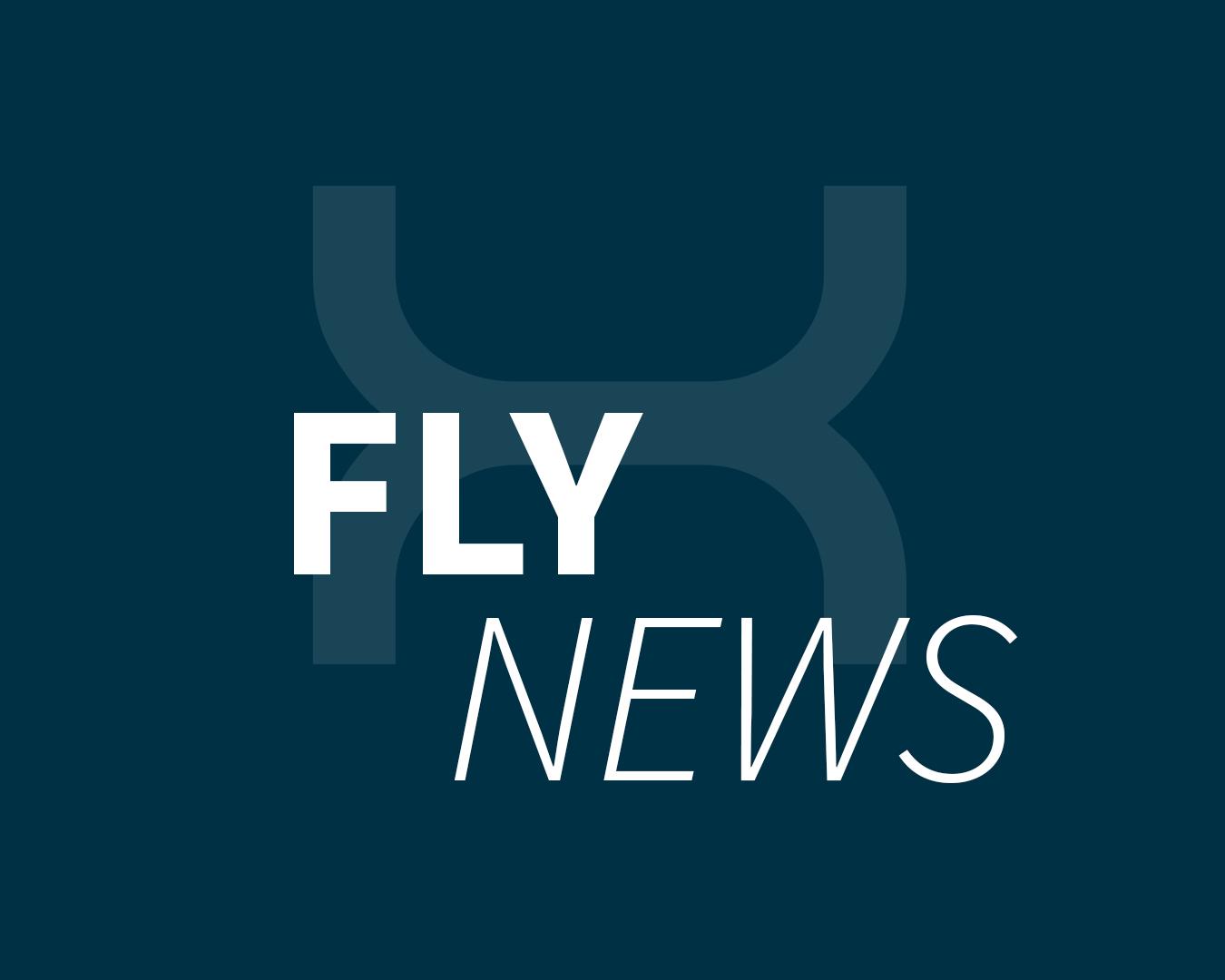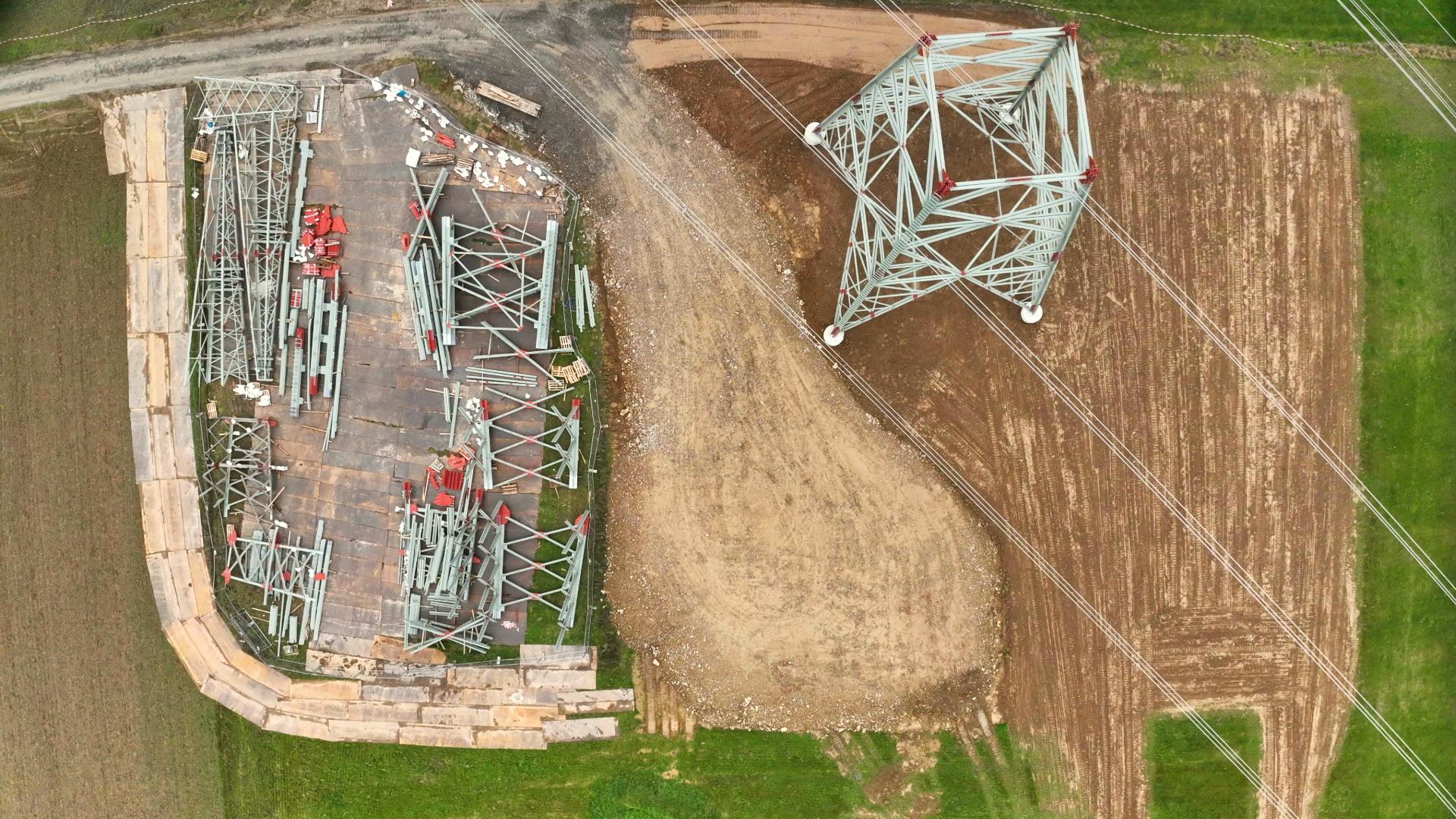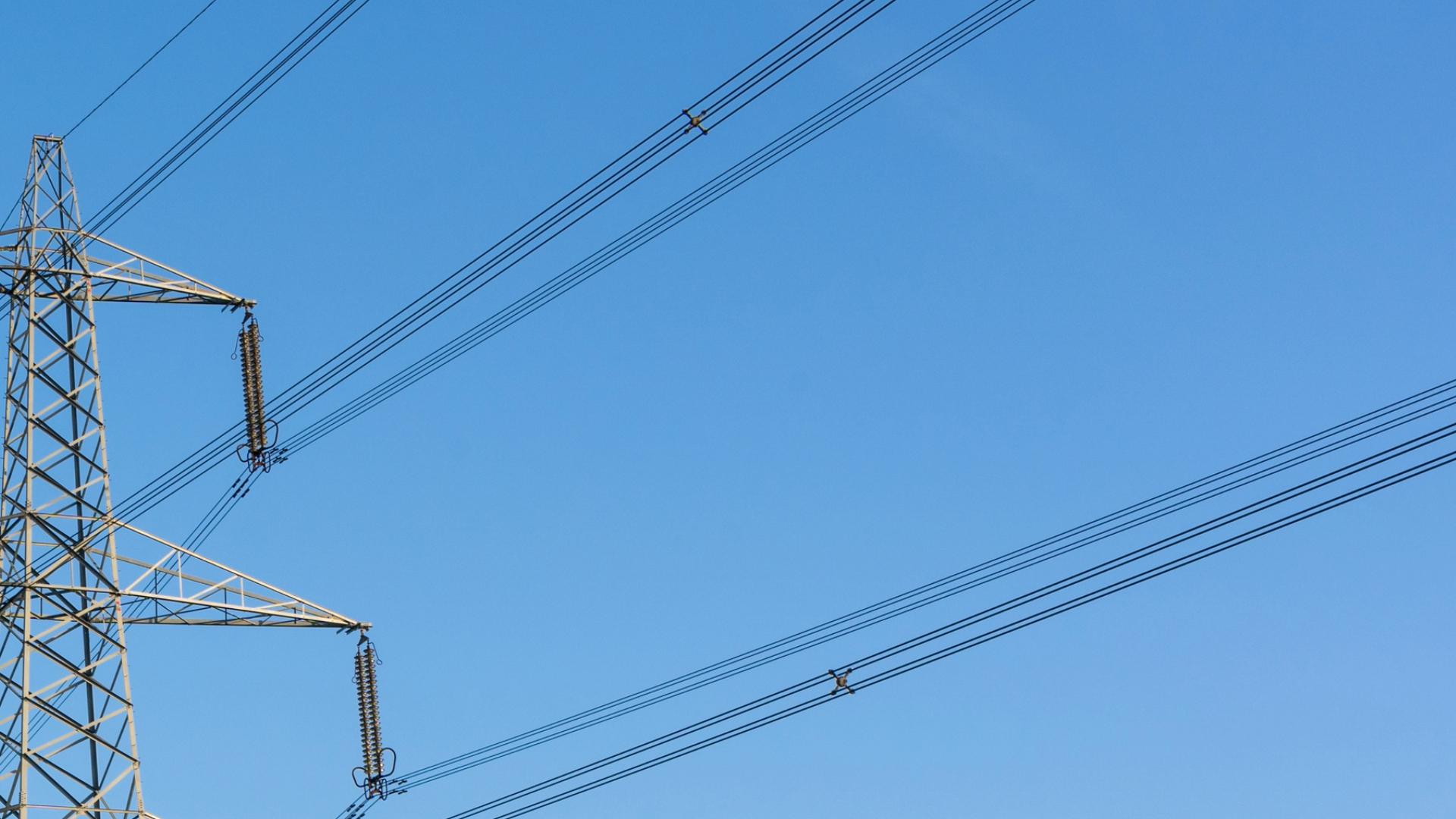The volume of image and sensor data in infrastructure projects grows rapidly—terabytes are now standard. At the same time, data processing often remains the bottleneck: lack of expertise, high compliance requirements and limited capacity hinder automation. Vision AI, computer vision technologies for analysing images and videos, is considered a key technology here. It extracts features, recognises patterns and delivers structured results for decision-making. Modern vision AI stacks include object detection, (instance) segmentation, classification and OCR—depending on the use case, these building blocks can be combined.
Plug-and-play solutions: quick start with clear limits
Plug-and-play solutions are attractive: ready to start quickly, low entry barriers, often with pre-trained models for general tasks. In practice, however, limitations emerge as soon as specific defect catalogues, varying capture conditions (e.g. drone perspectives, altitudes, angles) and GIS-accurate orthophotos are involved. Many pre-trained models target generic camera scenarios; they then miss the precision required for industrial inspections or large orthophotos with corridor and area references. The ability to process orthophotos whilst maintaining both scalability and spatial accuracy is not standard: solutions that process gigapixel orthophotos via tiling across large areas and corridors with high spatial accuracy in seconds are rare in the market. In real-world benchmarks, large-scale areas were detected and counted with a single click (e.g. people/vehicles in less than 20 seconds)—an indication of how relevant orthophoto capability is for inspections.
In short: plug-and-play solutions make sense for generic detections (e.g. GDPR-compliant pixelation) or initial proof-of-concept. For demanding, domain-specific use cases, the necessary precision, GIS integration or scaling to very large images is often lacking.
In-house development: Maximum control with real effort drivers and long time-to-value
In-house development of vision AI models promises full control over data, models and IP. This is offset by realistic effort drivers: data preparation (quality, consistency), pre-processing (especially orthophotos: loading, tiling/slicing), annotation strategy, model selection and iterative training/refinement. In practice, it requires not just labelling and training, but an end-to-end pipeline from data capturing through annotation to deployment in production environments—including validation and reporting logic.
Regarding timeframes: for clearly defined use cases, 3–5 months are often cited—realistically, depending on complexity, a range of 3–9 months to productive use is more accurate; for demanding projects, in-house developments often take considerably longer. Initial PoCs can start with just a few dozen images, whilst robust models typically require hundreds to thousands of images.
For orthophoto-based, domain-specific defects, the effort for data strategy, annotation and iteration increases noticeably; implementation additionally requires the appropriate infrastructure (cloud, on-premise, edge) and interfaces (SDK/API/Docker) to integrate results into existing systems.
Why Precision Matters: From Model “Accuracy” to Reliable Operations
Precision emerges from use-case-specific data, clear class labels and clean annotation strategy. Initial feasibility can be demonstrated with 20–30 images; robust models mature through iterative cycles with hundreds to thousands of images—depending on defect catalogue and data quality. In benchmarks, 88%+ accuracy was achieved—in some cases with very lean datasets (e.g. industrial counting use case with only 14 training images).
Orthophoto accuracy requires tiling/slicing with high spatial precision—the foundation for correct corridor and area analytics on gigapixel images. Validation and reporting anchor accuracy in the production process; decision times drop significantly (e.g. 88% faster), and manual image effort reduces markedly. Consequence: “accuracy” is not coincidence, but the result of domain-specific data foundation, orthophoto-competent pre-processing and consistent model refinement.
The third way: Custom AI—fast, precise, with ownership
Between “fast but generic” (plug-and-play) and “precise but effortful” (in-house development), a third approach has established itself: custom models that combine the strengths. The principle: domain-specific models are trained rapidly on customer data and deployed productively—with full control over raw data and (depending on contractual arrangements) rights to the trained model. Pre-trained components (e.g. GDPR-compliant pixelation) and bespoke class labels come together to deliver quickly usable results on the one hand, whilst achieving the necessary precision for the specific damage catalogue on the other.
Technically, state of the art includes:
Performance metrics also support this approach:
Practical reports document major time gains and high processing speed—for example, 88% faster decisions and clear savings in manual image processing, depending on catalogue, data quality, orthophoto configuration and model architecture. Important: the values actually achievable are use-case-dependent; transparent proof-of-concept helps validate these early.
Our USP: what FlyNex delivers as a custom solution
FlyNex offers precisely this custom vision AI—end-to-end from consulting through data strategy, orthophoto processing, annotation and training to deployment, reporting and ongoing refinement. Read more on our FlyNex Vision AI product page.
Conclusion
State-of-the-art Vision AI today means: technically precise models that scale in real inspection workflows—including orthophoto analytics, compliance and integration. Plug-and-play solutions offer a good starting point but are often insufficient for demanding defect catalogues and georeferenced orthophotos.
In-house development delivers control but requires substantial expertise and time—often significantly more than 3–5 months.
The bespoke approach combines the best of both worlds: fast, custom and with clear ownership options.
For many organisations, this is the pragmatic path to making vision AI productive—without compromises on precision, scaling or compliance.
FlyNex offers exactly this approach with its Vision AI: custom models trained on your data, with options for full ownership over model and data, and seamless integration into existing workflows—from planning through capture to automated reporting.




